-
Pros
- Includes updated versions of Word, Excel, PowerPoint, and more
- One-time purchase
- Volume licensing available
- Apps will get security updates
-
Cons
- A license covers a single computer
Microsoft Office 2024 Specs
| Desktop Apps | |
| Imports From PDF | |
| Links to Live Web Data | |
| Mac App | |
| Mail App Included | |
| Opens/Saves Microsoft Formats | |
| Records Macros | |
| Windows App |
The Microsoft Office 2024 office suite lets you use Word, Excel, PowerPoint, and OneNote without paying for a Microsoft 365 subscription. All of these programs are among the best at what they do, so this is a great value for Windows and macOS users who work on just one machine. The Home version provides everything that independent professionals and students need to be productive, while the Home & Business tier is ideal for corporations who want stable apps that will continue to get security patches. Just don't expect any cloud storage space or major feature updates. Microsoft Office 2024 earns our Editors' Choice award alongside Microsoft 365 because it makes the company's top-notch office apps more affordable in the long run.
How Much Does Microsoft Office 2024 Cost?
If you want Microsoft Office on just one PC or Mac, you can choose between Home ($149.99) and Home & Business ($249.99) tiers. The former gets you “classic 2024 desktop versions” of Word, Excel, PowerPoint, and OneNote on Windows 10 or 11 or any of the last three versions of macOS, while the latter (which I tested) adds Outlook and is appropriate for commercial use. Microsoft promises security updates for these apps, but not much more. Note that there's no upgrade path from either tier; if a new standalone version comes out, you have to pay the full price to upgrade.
Corporate users can order volume licenses of Office Long Term Service Channel (LTSC), designed for systems that aren’t connected to the internet. The only significant difference with the LTSC versions of the Office apps is that they include an Accessibility ribbon that keeps them compliant with government and corporate accessibility requirements (such as compatibility with screen-reading software).
Alternatively, individuals can pay $69.99 every year for a Microsoft 365 Personal subscription. This includes perks such as the ability to install Office apps on multiple devices, 1TB of OneDrive storage, continuous feature updates, and the Microsoft Access database software for desktops.
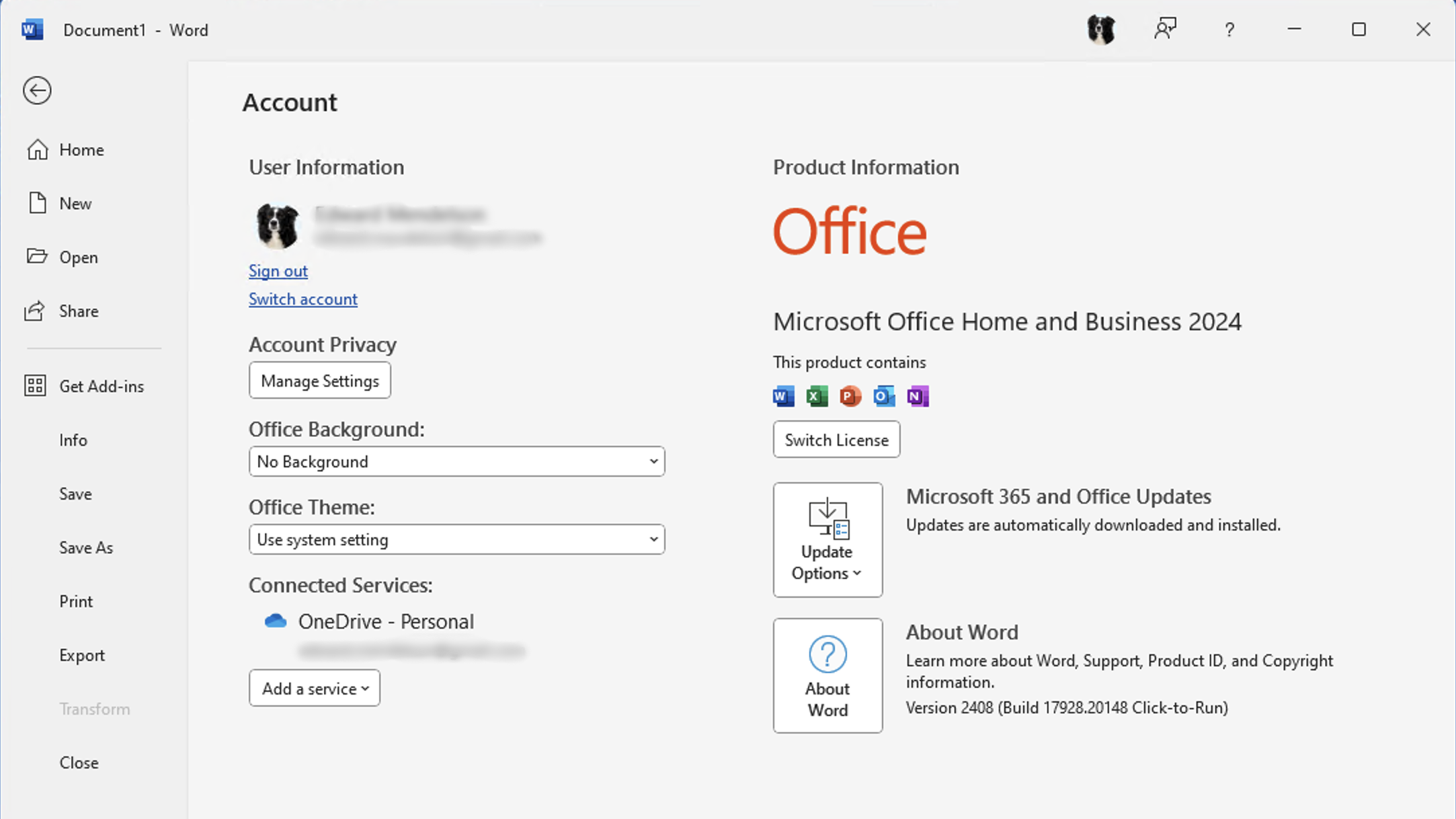 (Credit: Microsoft/Edward Mendelson)
(Credit: Microsoft/Edward Mendelson)I prefer to keep up-to-date with a Microsoft 365 subscription, but there are plenty of reasons for a one-time purchase. For example, you won’t ever have to worry about losing access to your apps if your subscription unexpectedly expires. You also won’t have to deal with any of Microsoft’s potentially unsettling changes to the apps' interfaces and features. For instance, in recent years, the company replaced the old Find dialog with the Navigation pane and the spell-check dialog with the Proofing pane.
Alternatives to Office 2024
Of course, Microsoft Office isn't the only office suite available. The online-only Google Workspace (not to be confused with the Google Docs Editors) has its advantages for collaboration. Google's apps are easy to navigate and work seamlessly with Gmail and web forms, but they don't handle large files as well as Microsoft's apps or run as smoothly. Otherwise, LibreOffice carries the torch for the open-source and government compliance crowd, and Apple's streamlined iWork suite is available to Apple device users at no cost. Furthermore, you might look to Corel WordPerfect Office if that's what your law office or business uses, or be tempted to save a bit of money with SoftMaker Office.
However, most people are still better off with an Office 2024 license or a Microsoft 365 subscription. Yes, Microsoft Word can be very annoying when it unexpectedly formats your documents in ways that you can’t figure out how to undo. But its document format is ubiquitous, and no other competitor is nearly as capable. Using regular expressions (advanced wildcards) in the search and replace function or leaning on style management to make consistent documents easy to build and maintain, for instance, can save hours of work. All the other Office apps have similar advantages.
How to Get Office 2024
It took me a few minutes to figure out that I had to go to the Services & Subscriptions section on my Microsoft Account page and scroll down two full screens to the list of product purchases to download the software. There, you will find an install button. Alternatively, you can return to where you purchased the license to download via an install button.
For installation, you can choose the default option (this installed 32-bit Office on my 64-bit Windows 11 system), specify a 32- or 64-bit installer, or opt for a 5GB disk image for offline installations. I tried the offline installer out of curiosity but found that it didn't actually use the software on the desk image since my system was online. However you install it, Microsoft Teams will appear on your system if it isn’t already there.
What's It Like to Use Office 2024?
If you use Office 2021, the previous standalone version, then Office 2024 won’t present any big surprises. The new apps just have more consistent interfaces that better complement Windows 11. They default to the “Use system setting” option, which means they will match either the light or dark theme for your operating system. If you want, you can switch to the Colorful choice to add a splash of style.
If you’re content with the 2021 version, then the new features in 2024 probably won't convince you to upgrade. And, as far as I can tell, all the new features in Office 2024 are already available to Microsoft 365 subscribers.
Among the updates are support for the latest OpenDocument format (ODF 1.4), a change that adds compatibility with LibreOffice and other non-Microsoft apps. In terms of collaboration, you can now use a Like button to show approval of other people’s comments across the apps. Excel adds dynamic charts that automatically update when an array changes size and recalculates, unlike traditional charts that are linked only to data points that existed when you created the chart. Excel also lets you add images to worksheets via copy/paste or a new Image function, as well as gets new text manipulation functions. Word gains the existing Office 365 feature that automatically reopens documents after Windows or Word shuts down unexpectedly. However, not all the Office 365 features are part of the LTSC versions; you need to drill down into Microsoft’s documentation for more details.
Word, Excel, and PowerPoint Remain Excellent
As mentioned, the apps you get with an Office 2024 license are the same as those with a Microsoft 365 subscription. We cover all those apps more fully in our review of the latter, but highlight just a few findings about the main ones here.
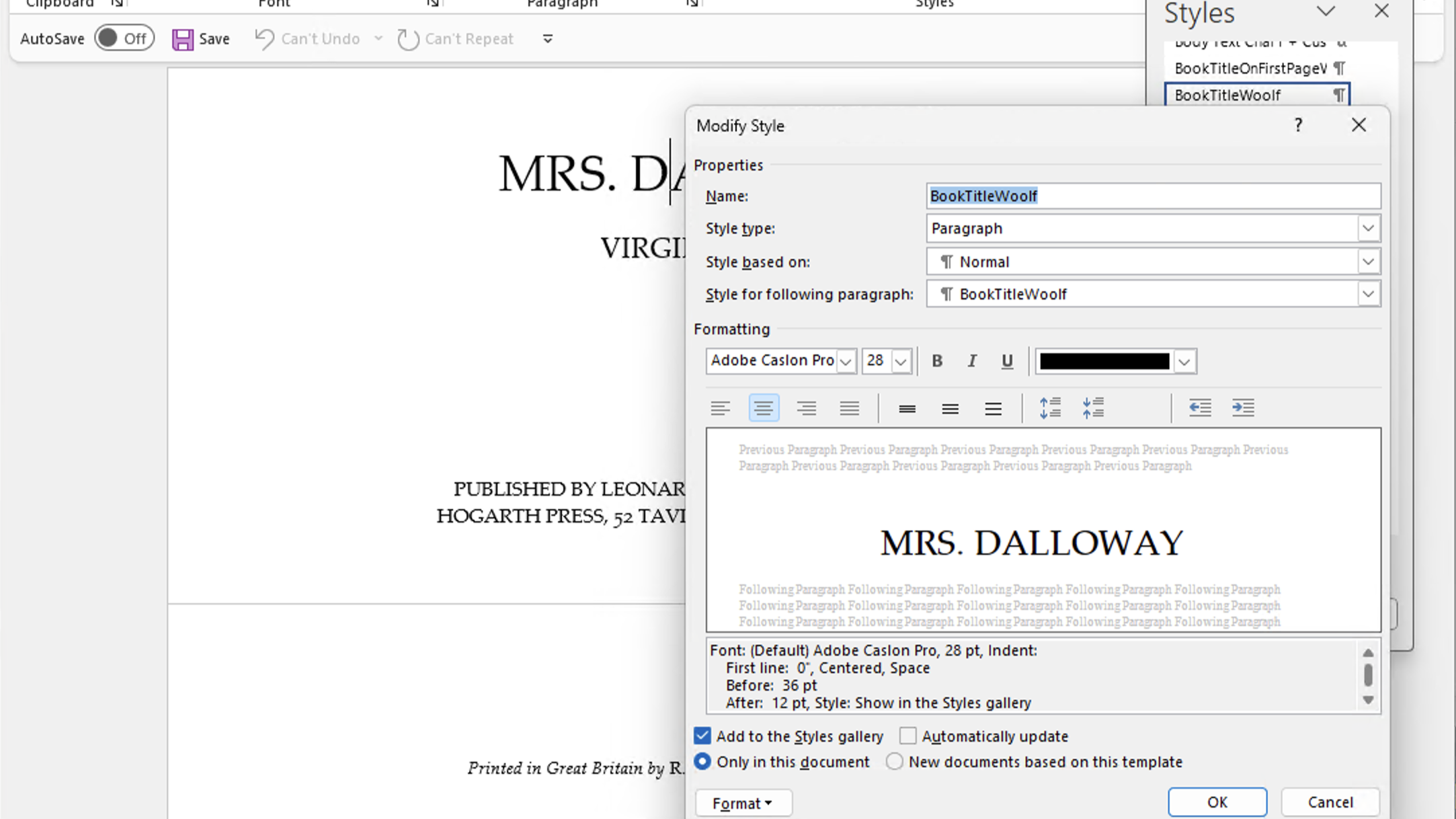 (Credit: Microsoft/Edward Mendelson)
(Credit: Microsoft/Edward Mendelson)Word is the world’s most powerful word processor. It doesn’t quite have the same graphic razzle-dazzle as Apple’s Pages, but it does come with drawing tools and well-designed, color-coordinated themes. You can insert pictures into Word (and also Excel and PowerPoint) directly from an Android phone, just as iPhone users can insert photos directly into Apple’s Pages, Numbers, and Keynote apps.
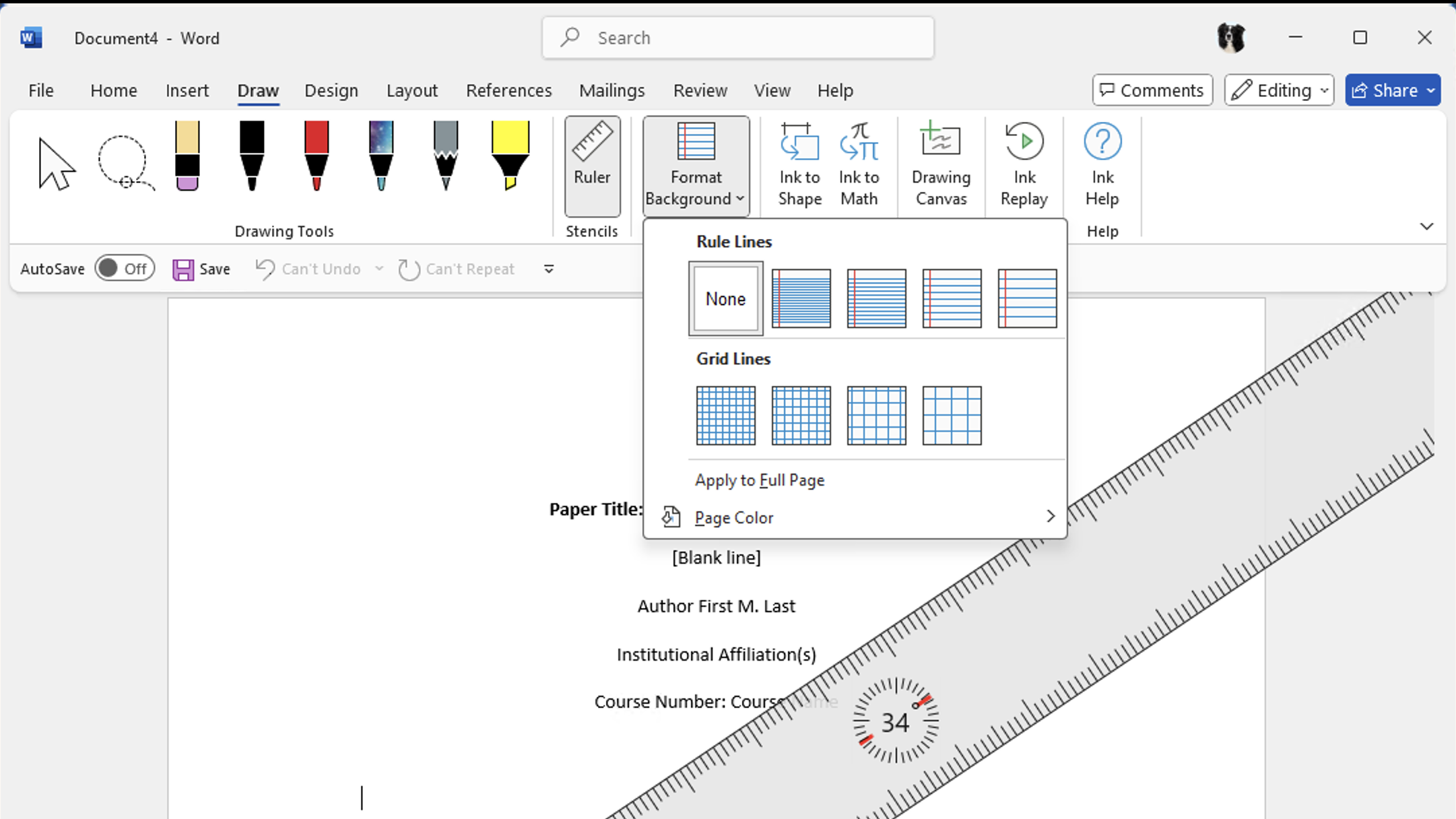 (Credit: Microsoft/Edward Mendelson)
(Credit: Microsoft/Edward Mendelson) (Credit: Microsoft/Edward Mendelson)
(Credit: Microsoft/Edward Mendelson)Excel has always been the colossus of spreadsheet apps, and it continues to increase its lead over rivals. Apple’s Numbers spreadsheet has a unique design that lets you create multiple tables on a single sheet and the most helpful and attractive interface for entering data, but it works on only Apple's hardware and isn't nearly as powerful. Keep in mind that the Windows version of Excel offers features that aren’t in the macOS version. For example, you can't create a column of full names simply by typing a name from a first-name column followed by a name from a last-name column, then moving down one cell and starting to type the next name.
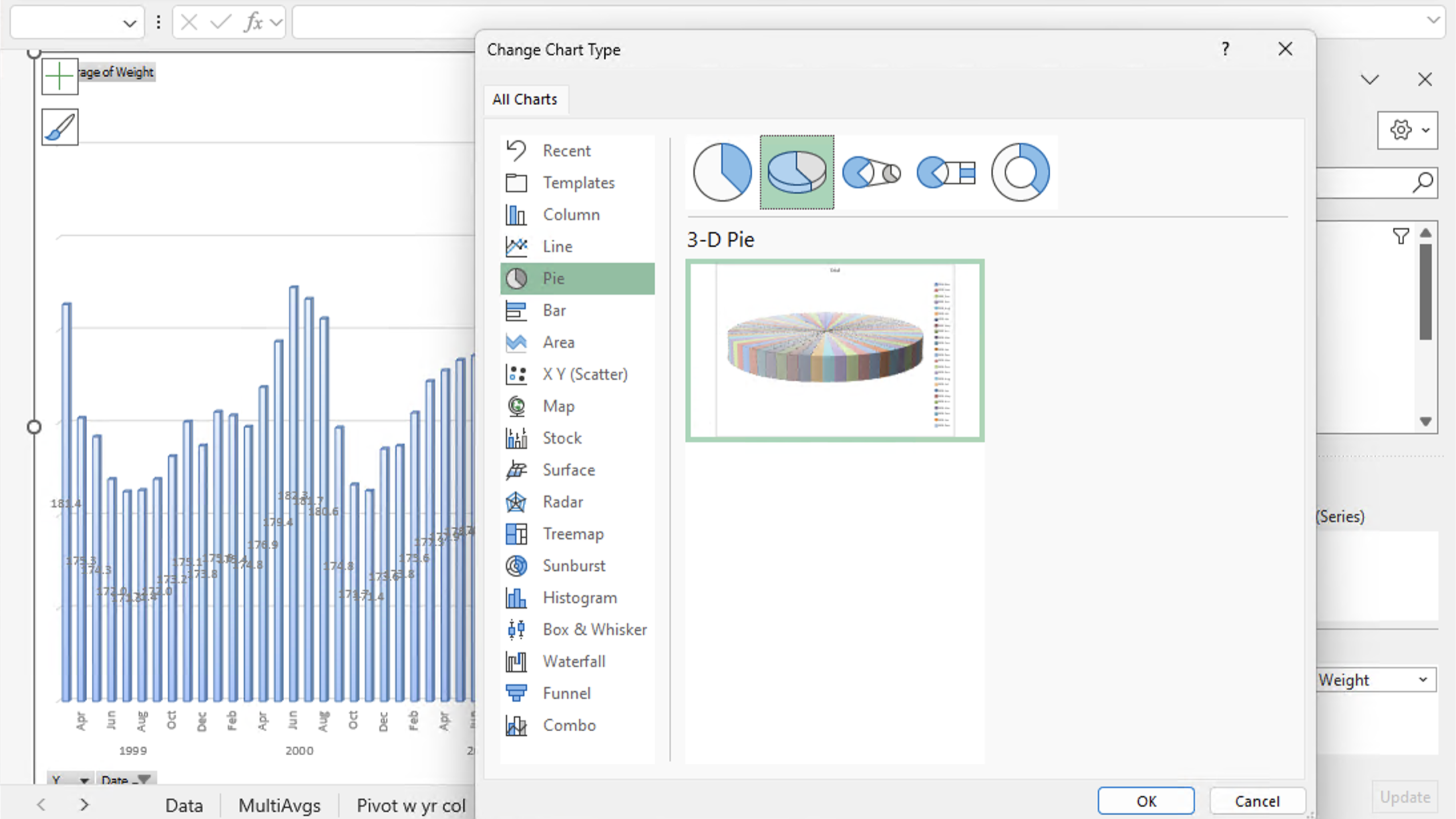 (Credit: Microsoft/Edward Mendelson)
(Credit: Microsoft/Edward Mendelson)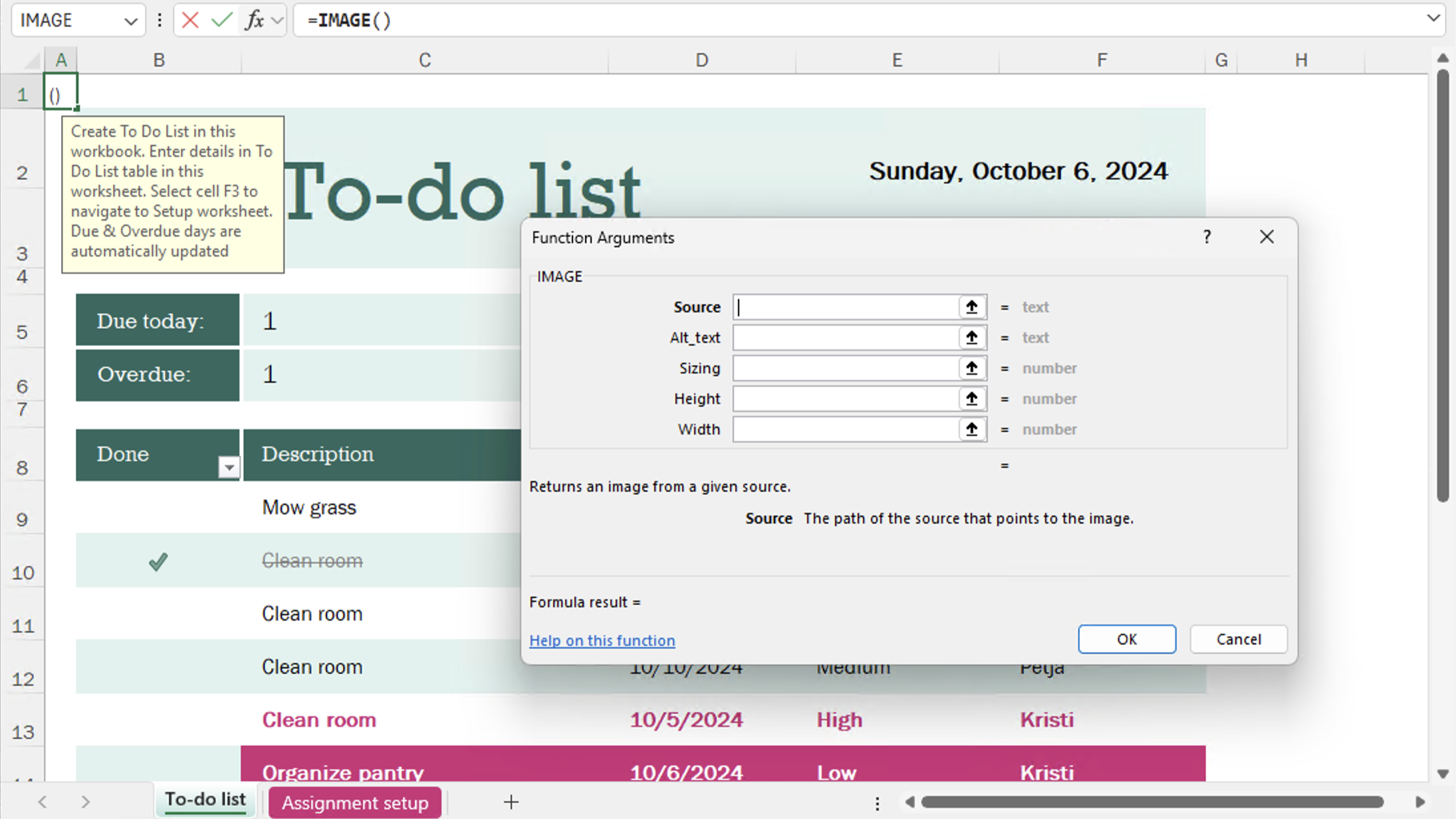 (Credit: Microsoft/Edward Mendelson)
(Credit: Microsoft/Edward Mendelson)PowerPoint is basically the same as it was in previous versions, but you can now use the Insert Cameo feature to add a live camera feed to a slide and record a presentation or slide with a feature called Recording Studio. PowerPoint’s only rival is Apple’s Keynote, but anyone who uses Word or Excel will prefer PowerPoint’s familiar interface, just as anyone who uses Apple’s Pages or Numbers will prefer Keynote.
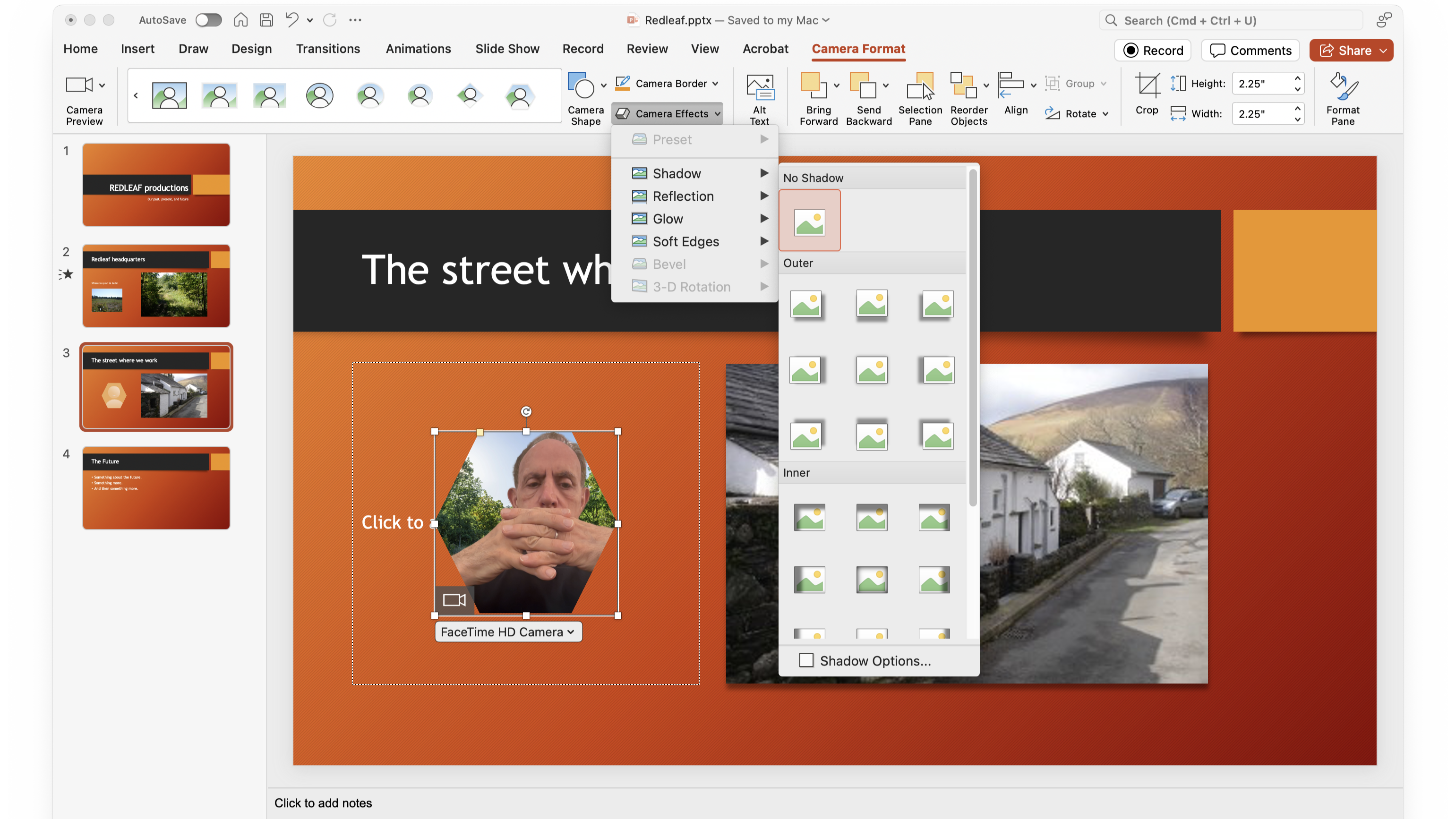 (Credit: Microsoft/Edward Mendelson)
(Credit: Microsoft/Edward Mendelson)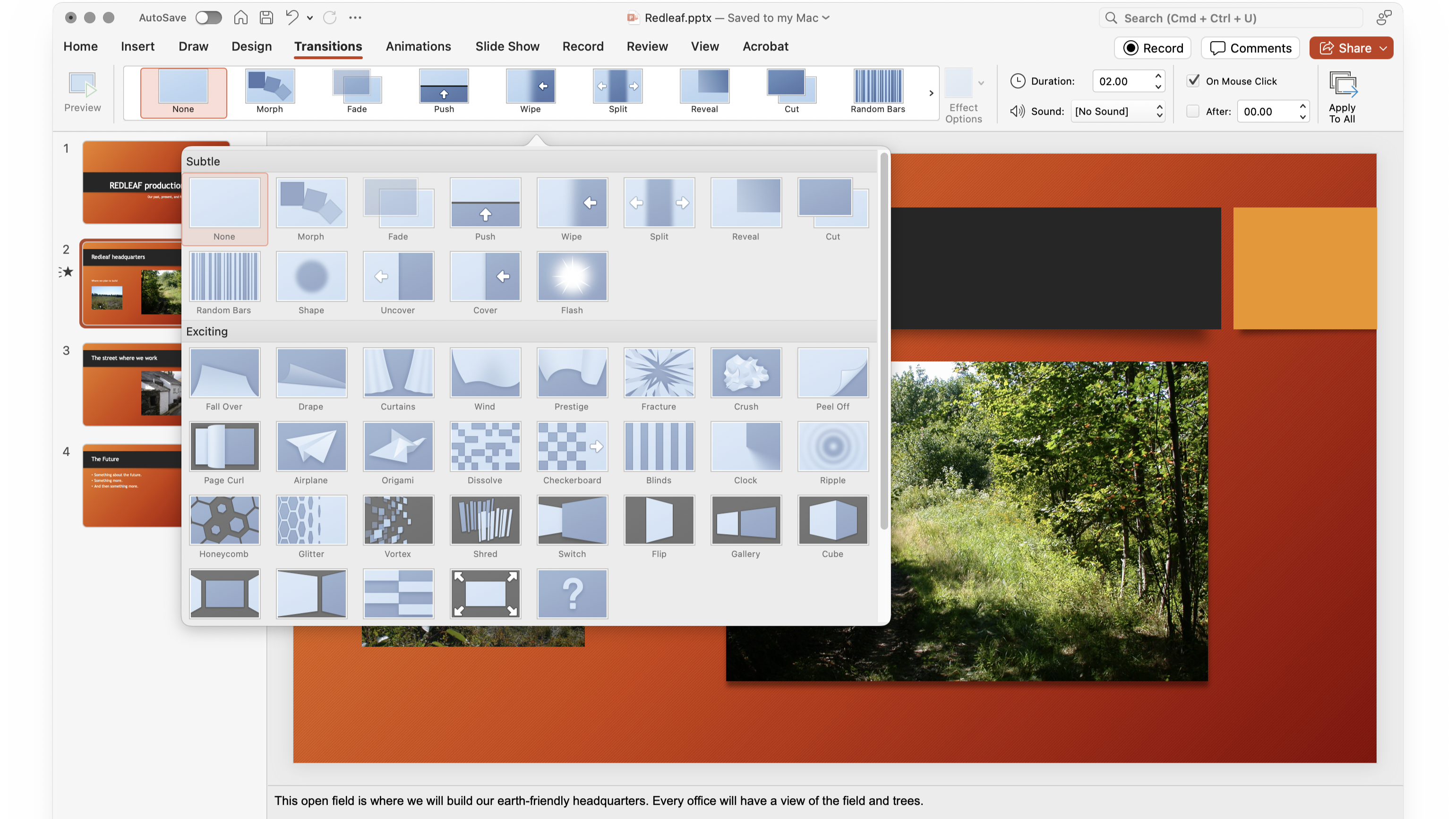 (Credit: Microsoft/Edward Mendelson)
(Credit: Microsoft/Edward Mendelson)Verdict: Permanent Access to Premium Office Apps
Microsoft's Office apps are still the standard for everything from writing long-form documents to crunching numbers, and Office 2024 gives you the latest versions for a reasonable one-time price. You lose out on cloud storage and future feature updates compared with a Microsoft 365 subscription, but that's a fair trade-off for the ability to use these apps to their full extent forever. Both Office 2024 and Microsoft 365 are Editors' Choice winners since they provide the same superb apps for students, office workers, and other professionals. The only real question is how you want to pay for them.

